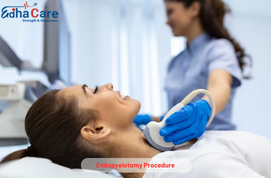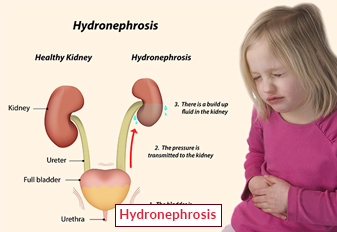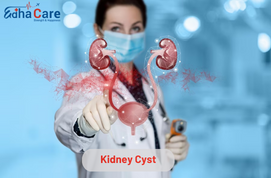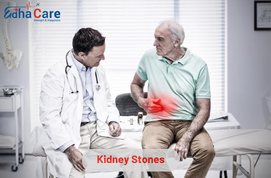Endopyelotomy Procedure

Endopyelotomy surgery is a minimal surgery performed to treat urinary urinary urinary path (UPJ) inhibition where the confluence is at the confluence of the urine shot meets the worker and the urinary bank of urine through the urinary train, the well-known throat is done using a special technique. The technique minimizes the incision or laser to widen the narrow portion of the UPJ, selling more drainage and drainage from the kidney to the bladder This technique avoids the need for open surgery in 1999, resulting in a shorter recovery time and less postoperative pain. Endopyelotomy is often considered for patients with UPJ obstruction, to reduce symptoms and maximize renal function through a non-invasive, high-cost human-friendly approach.
Book an AppointmentAbout Endopyelotomy Procedure
An endopyelotomy is usually completed to remove the obstruction of the urethral pelvic junction (UPJ), usually genetic abnormalities, kidney stones, or scars from previous surgeries The most common signs and symptoms of UPJ obstruction include side pain, recurrent urinary retention, and leakage, if the kidneys are swollen due to fluid accumulation Pain, in any of the urinary tracts You may also experience pain at times. Endopyelotomy procedure is a powerful intervention for alleviating these symptoms by surgical management of the obstruction at the UPJ. Access to the site of obstruction includes endoscopic access to the urethra and bladder. The surgeon then uses specialized instruments to cut or widen the narrowed area using laser technology to restore flow. Unlike conventional open surgery, an endopyelotomy offers advantages that include shorter recovery time, decreased postoperative pain, and lower risk of complications Underlying UPJ occlusion is Minimally -invasive to prevent causes and enhance overall renal symptoms -This is an approach that invaluable for patients seeking the pathway.
Procedure of Endopyelotomy Procedure
Patient Positioning: Before surgery, the patient will be placed supine on the operating table, and general anesthesia will be administered to provide some comfort during the procedure. It is necessary if positioned it is appropriate to achieve the most effective penetration of the UPJ.
Endoscope Insertion: The insertion of a flexible endoscope begins through the tubes and through the gallbladder, instructed by a practitioner This provides immediate and advanced visualization of the UPJ, facilitating examination successful and targeted participation.
Visualization: The endoscope camera provides real-time images, helping the health care provider to assess the level and type of UPJ obstruction. A clear picture is critical to making informed decisions in the system.
Incision or Laser Cut: Using specialized gear, a health care professional makes a precise incision or uses laser technology to address a small portion of the UPJ. This step is important in daily reflux, calming symptoms, and preventing obstructive headaches.
Stent placement: A temporary stent, usually a narrow tube, is carefully placed to keep the newly created opening. This helps support the rehabilitation process and can reduce the risk of postoperative headaches, including recurrence of ulcers or abscesses.
Observation: Continuous tracking of the surgical website for the duration of system usage is of utmost importance. The doctor analyzes any strange bleeding, making sure to intervene immediately if a headache arises.
Suturing (if necessary): In cases where incisions are large or there is concern about abrasion forces, the health care professional may again use sutures to securely close the incision. This position ambitions to make stents stand in the field and sell optimal recovery.
Postoperative care: After surgery, the patient is transferred to the submitted anesthesia care unit for care. Depending on the severity of the case, a temporary stay in a health facility may be encouraged. Postoperative care includes pain management, with specific orders to be given to the patient for proper rehabilitation.
Require Assistance?
Get A Quick Callback From Our Healthcare Experts






